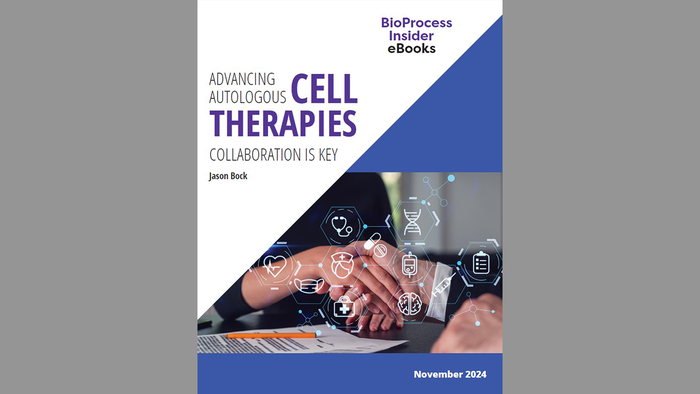
Another quarter of deal making by Dyadic International demonstrates how companies are looking to microorganisms instead of CHO to produce affordable drugs, the firm says.
Numerous biopharma and biotech firms over the past few years have been turning to Dyadic International to access its C1 fungus-based expression system. The second quarter 2019 was no exception, with Luina Bio, Alphazyme, and the Serum Institute of India inking separate agreements with Dyadic within a two-week period.
Such deals reflect Dyadic’s long-term vision in changing the biomanufacturing paradigm away from mammalian cell lines, CEO Mark Emalfarb said on his firm’s conference call.

Image: AdobeStock/tadamichi
“We want to change the game in the way drugs are developed and produced and bring affordable healthcare to people and bring value to our shareholders and to humankind and that’s what we’re doing and some of these deals have the potential to do that,” he said.
He admitted Dyadic has turned down certain projects as it is not in “any desperate position to do bad deals” and instead doing deals “to create significant value for the long-term not quarter-to-quarter.”
Big Pharma adoption
Dyadic names Sanofi among its Big Biopharma partners, and within the past few weeks has signed a fully funded research collaboration with another top tier pharma firm to express three different types and classes of proteins.
With major players coming on board, Emalfarb said the value promise of the C1 expression system is getting closer to fruition.
Based on the fungus Myceliophthora thermophila, C1 is used in the industrial enzyme space where it can achieve productivity as high as 80 grams per liter for a single high purity.
With established biomanufacturing processes using Chinese hamster ovary (CHO) cell lines only now pushing high single-digit grams per liter, Emalfarb believes C1 could significantly up productivity and drive down costs.
“It takes a long time to get these guys in the boat but once they’re in the same boat in this case not only in the boat they’re rolling in the same direction with us,” he said. “These people want to use microorganisms instead of CHO, that’s what this group and pharmaceutical companies charter is to find an alternative to show quicker faster cheaper and then they believe C1 can help them meet those goals.”
He added the fact that the latest partnership is a large company means “they have the resources, the funding and their affiliate has a global outreach to speed the adoption and use and apply more technology, more dollars, faster quicker and get this in the hands of more people.”
For the three months ending June 30, Dyadic reported revenue from R&D of $391,000, up from $151,000 during the same period last year. The firm reported a net loss of $2.7 million for the period.
About the Author
You May Also Like

schedl_b_and_w.jpg?width=100&auto=webp&quality=80&disable=upscale)
schedl_b_and_w.jpg?width=400&auto=webp&quality=80&disable=upscale)


